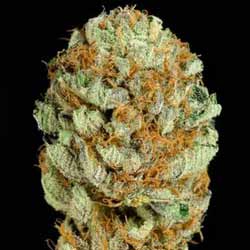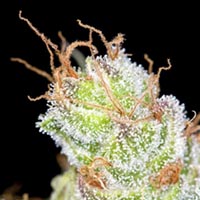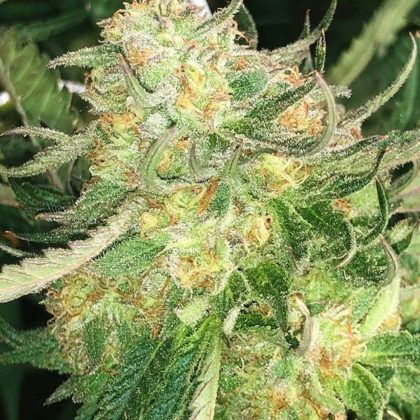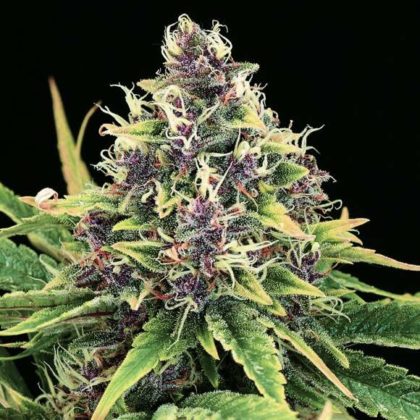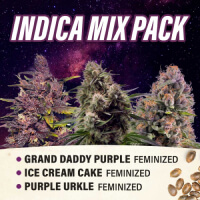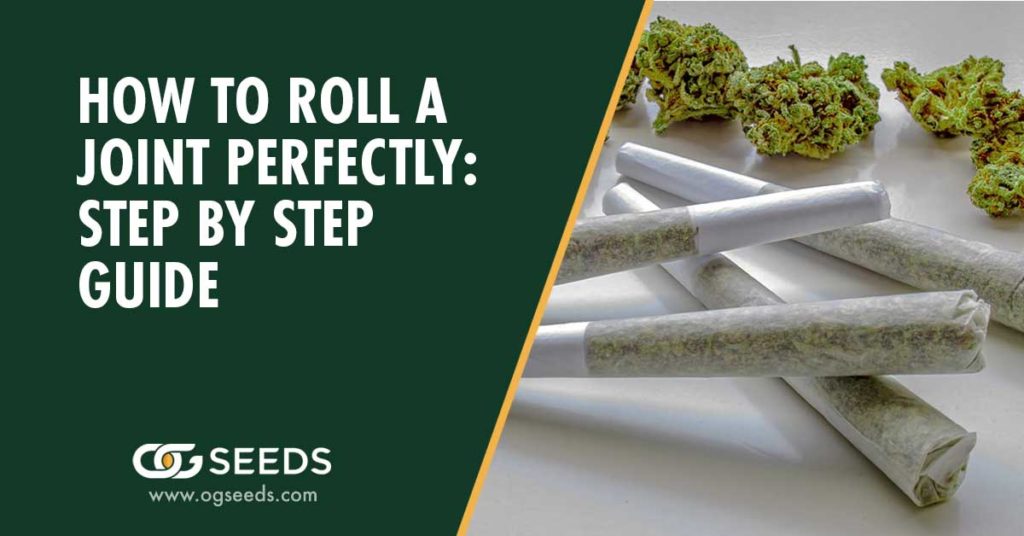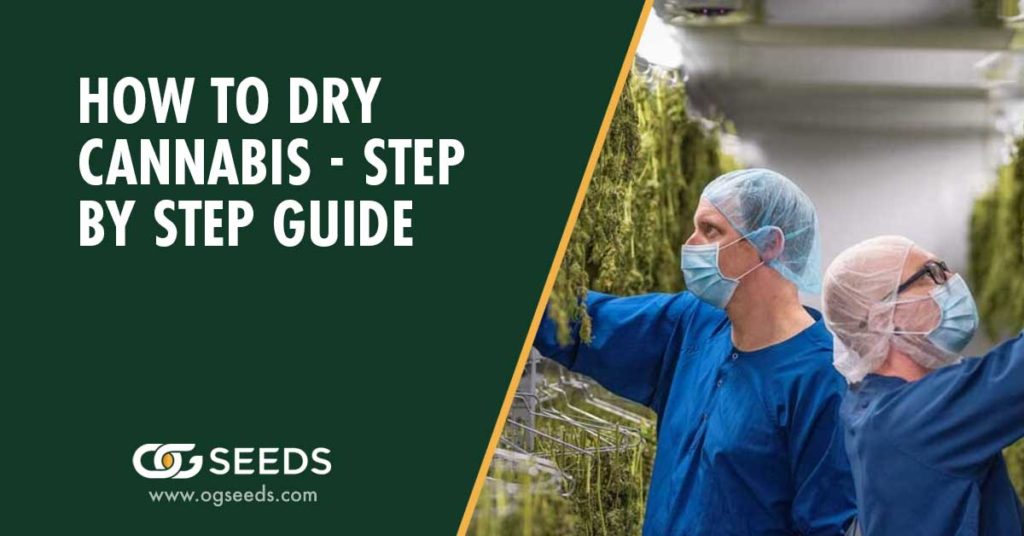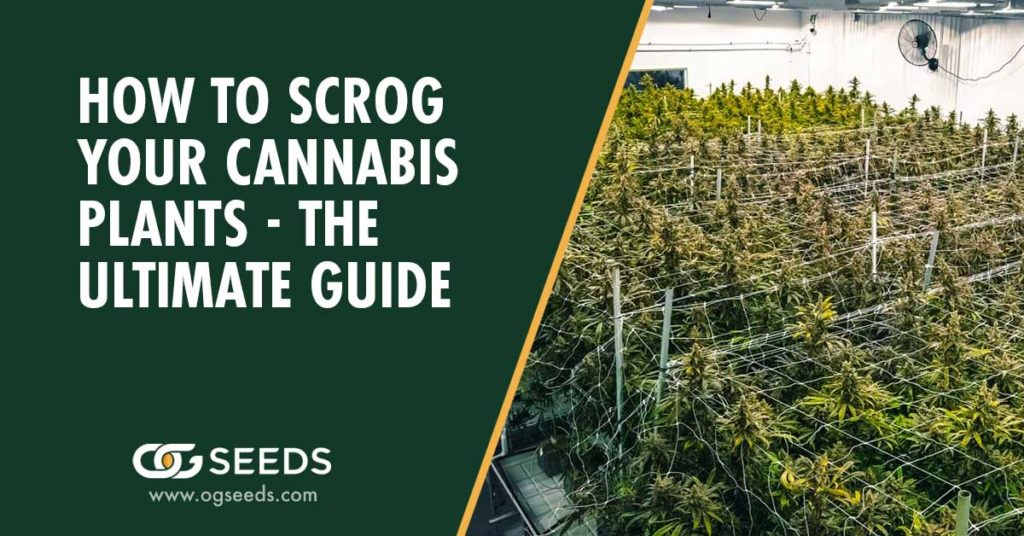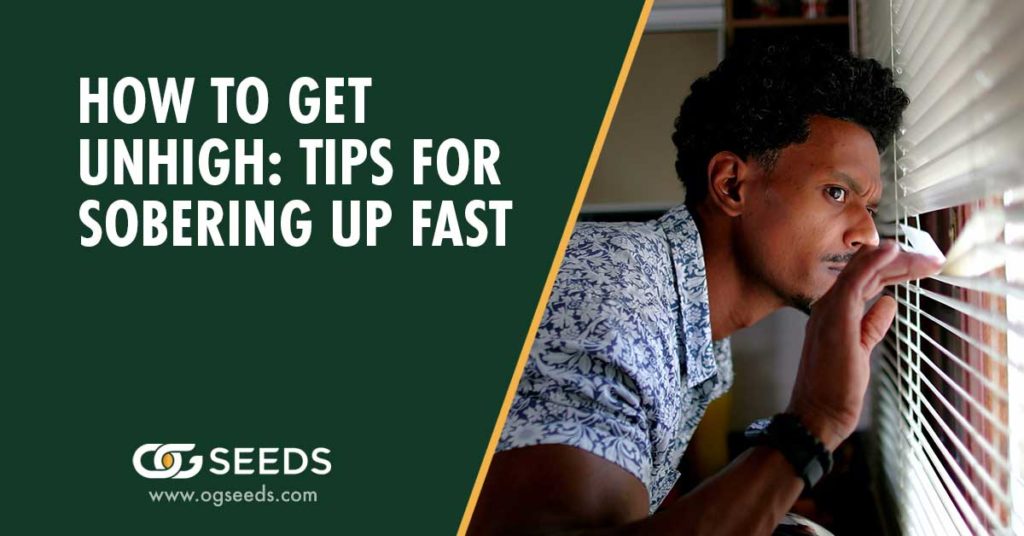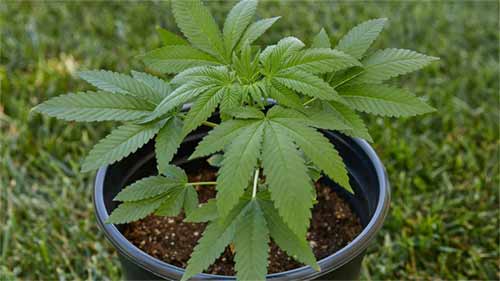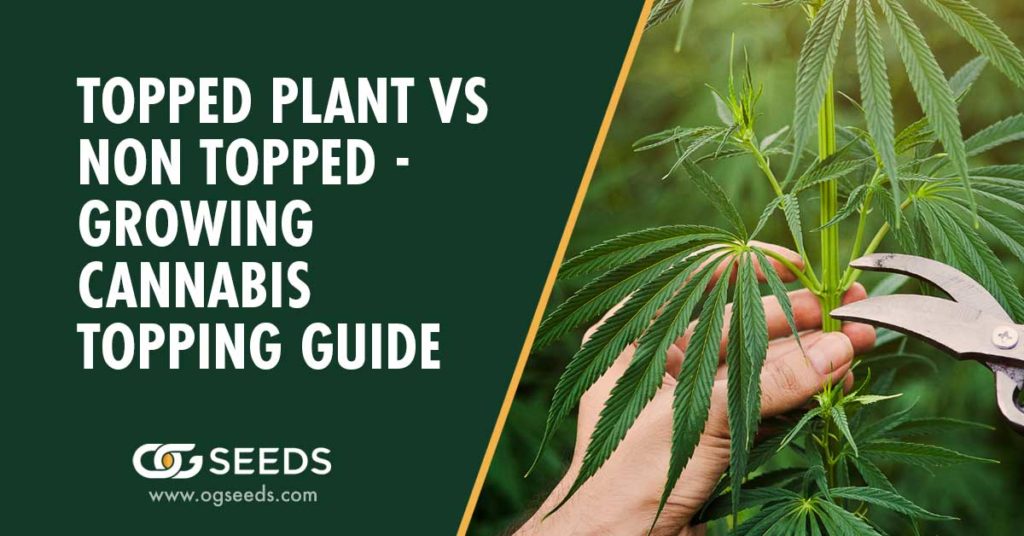
Topped Plant Vs Non Topped – Growing Cannabis Topping Guide
To top or not to top, that is the question. Today’s article highlights the pros and cons of topped cannabis plants vs. non-topped cannabis plants. With new methods, tricks, and equipment constantly emerging, cannabis growers must always stay at the top of their game. It is common for beginner cannabis growers not to top or prune their cannabis plants, but the health and amount of topped plants are clearly different.
Fortunately, topping Cannabis plants is quick and easy, has few risks, and doesn’t require much equipment. Growers of all levels should top their plants if they want the healthiest plants possible, resulting in bigger, better-tasting nugs. Continue reading as we discuss the differences between topped and non-topped cannabis plants to ensure you get the most out of this growing technique.
Table of Contents
What is Cannabis Topping?
When topping cannabis plants, the apical meristem (the newest growth) is removed from their uppermost branches. Above the node or within the internode, a cut is made with a sharp blade, clippers, or pruning shears. Branches growing below the apical meristem now form the plant’s top. Why is this a good idea, you ask?
With every cut, you’re doubling the number of nodes. One branch with two nodes becomes two branches with four nodes after the first cut. After the second cut, two branches with four nodes become four branches with eight nodes. So on and so forth.
Why do you want to produce more nodes? Nodes become reproductive tissues when the plant reaches maturity. As a result, the cannabis plant produces significantly more buds than if left to grow naturally.
Topping Vs. Pruning Vs. Fimming
Topping, pruning, and fimming are three gardening skills that keep Cannabis plants healthy and thriving, but they are different. First-time cannabis growers should understand and try topping, fimming, and pruning, so their Cannabis plants remain healthy and produce flavorful, potent flowers. The following is a quick breakdown of these three essential gardening practices so you can choose which are best for you.
Topping
When topping cannabis plants, the upper portion of the plant is cut off at the central stalk so that it grows horizontally instead of vertically. As a result, the plant receives more light, especially in the center and lower parts.
Pruning
Pruning is definitely something you’ve heard about. It involves removing dead leaves, branches, or stems to allow the plant to focus on growing instead of healing. In some cases, branches or leaves tucked away at the bottom or hidden underneath leaves are also pruned so that no buds will form where they won’t receive enough light.
Fimming
You can use the fimming method if you have a small grow space and want to maximize your amount. Topping and fimming are similar, but they differ in the place where the cut is made. Approximately half of the new growth will be chopped off near the top of the Cannabis plant but not as low as the center stalk. Consequently, the stalk will split into two and grow four to eight new branches.
While fimming does require healthy plants, it will need to be closely monitored afterward since the main stem will no longer be able to support the weight of the Cannabis plant. This practice also intends to increase amount, producing more leaves, branches, and buds.
Is Topping Plants Worth It?
Yes definitely! Here’s why. Some hobby growers are fine with leaving cannabis plants alone to do their own thing, but if you want the highest amount possible, you must top your plants. Need a refresher on which autoflower strains are the highest amounting, check out our latest buyers guide, CLICK HERE TO READ MORE.
In the center and lower parts of the Cannabis plant, buds will be just as dense and flavorful as the ones near the light source because it is easy to get enough light to the entire plant. With this technique, growers will never have to worry about topping or not topping anymore after seeing the differences it makes at harvest time.
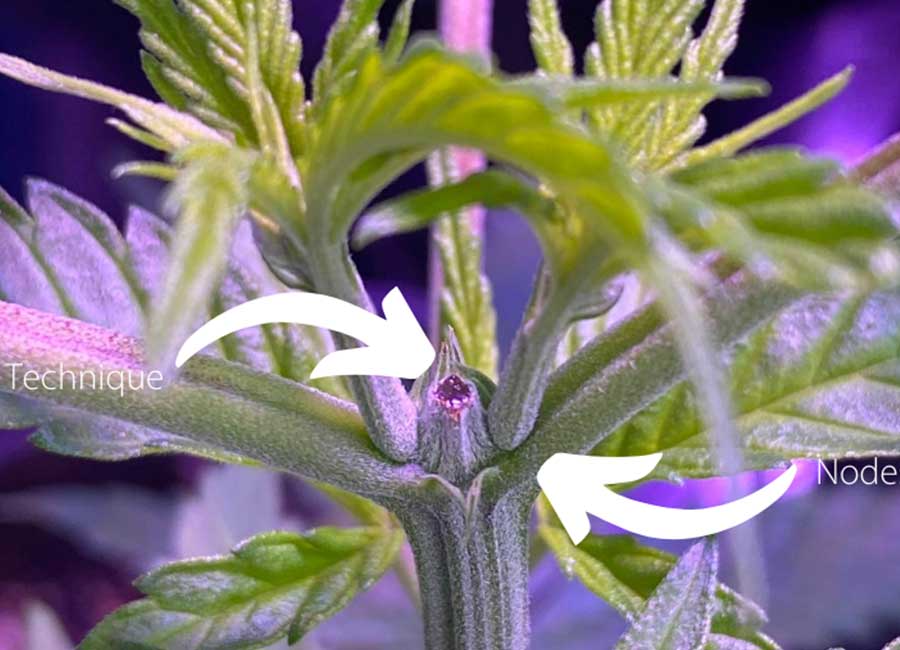
Topped Plant Vs. Non-Topped
A topped cannabis plant is healthier than a non-topped cannabis plant, but there are several other differences between them as well. The differences are mainly visual, but the quality of the final product is also different. Here are some differences you’ll notice between topped vs. non-topped cannabis plants:
- Non-topped plants are tall and slim, with lots of leaves and branches, while topped plants are bushier and shorter.
- Plants that have not been topped usually have one large cola at the top of the main stalk and poor-quality buds below, whereas plants that have been topped have many large, dense nugs.
- In a topped plant, the main stem will split into two, creating a stronger plant. A non-topped plant has only one central stem.
- Topped plants are healthier and produce more than plants that grow naturally. Buds taste better and are more potent too!
- Topping generates a higher amount potential.
- Topping will shrink a cannabis plant’s height.
- Plants are easier to work with when they are topped.
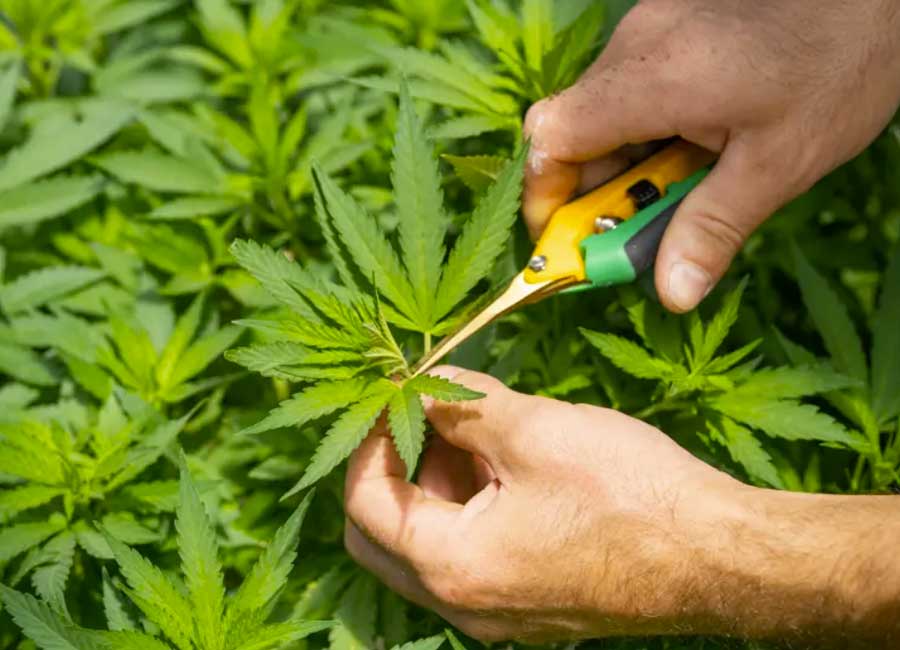
When to Top a Cannabis Plant
All cannabis plants go through a four-phase life cycle and take anywhere from three to eight months to grow, depending on the strain and type (autoflower seed, clone, regular seed, etc.). Seeds need to begin germination before they move to the seedling phase. Stage three, the vegetative stage, is usually the longest and is when the plant has the most growth, putting on height and additional leaves and branches. The final phase is the flowering stage when the buds develop and the plant is finally ready for harvest.
To redistribute growth, top during the vegetative phase of the life cycle for best results. The first top at the fifth node should only be done once the plant has grown at least six or seven nodes. As a result, the plant will be strong enough to survive the shock associated with cutting part of the main stalk. Nothing happens if you accidentally wait too long and the plant has more than seven nodes. However, the plant will waste energy that could have gone into vertical growth.
How to Top a Cannabis Plant
Topping Cannabis is very simple. Even beginners can do it. The technique only requires something sharp to give a nice clean cut. Just be sure that the plant is healthy and strong, in the vegetative stage, and has grown six or seven nodes before attempting to top the plant. This way, the shock won’t be too much for the plant.
Sanitizing the pruning shears before use and wearing gloves when touching the plant will help minimize infections and cross-contamination, though it’s very rare for this to happen when topping.
Equipment List
- Pruning shears, razor blades, or a sharp knife
- Rubbing alcohol
- Gardening gloves
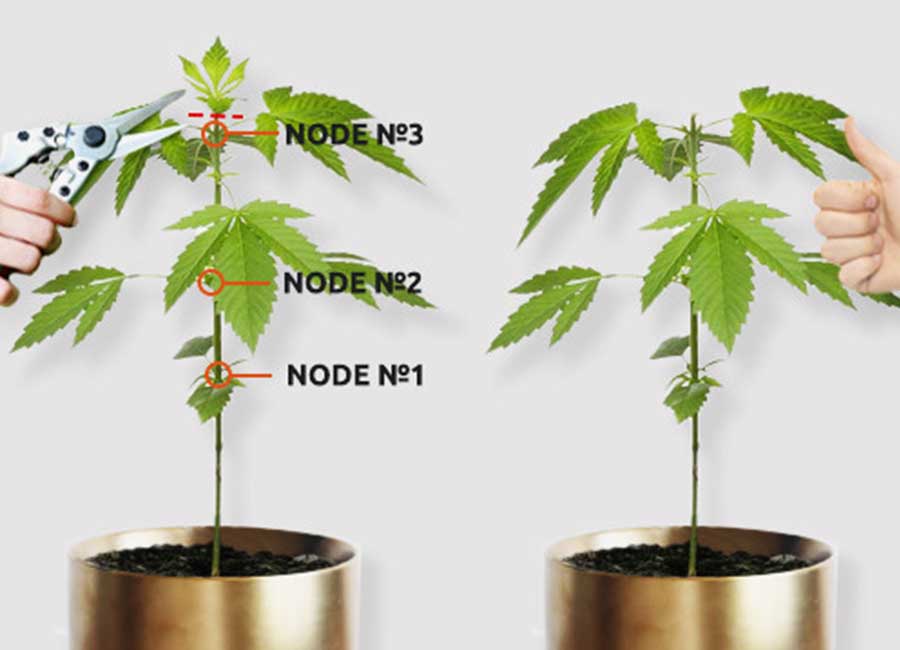
How to Top a Cannabis Plant Step-by-Step
Below we list how to top a cannabis plant, step by step.
Prepare the Area and Tools
When dealing with cannabis plants, whether it’s repotting or topping, it’s important to keep your workspace and tools sanitized. Do this by wearing gloves or washing your hands when touching the plant or soil and disinfecting your tools with rubbing alcohol. You can top right in your grow space. There’s no need to move the pots.
Make the Cut
Once you sanitize the shears, you will need to figure out where to make the cut. If this is the first time you’re topping the plant, do it right above the plant’s fifth node. Find this by counting the nodes on the central stalk and make the cut as clean as possible to cause the least amount of damage to the plant. A cut at this location will allow the plant to grow enough side branches and become bushy.
Most cultivators top another one or two times per plant after this initial topping at the fifth node. For these later tops, make a clean cut above the second or third node on each of the side branches. You can choose to cut as few or as many branches as you want based on how large and bushy you want the plant to be. Want to see an example of where to make the cut, check out this demonstration video, CLICK HERE TO VIEW.
Monitor the Plant
Since the plant will be under stress after topping, be sure to keep an eye on it more than usual for the next few days. Keep the plant well-watered with lots of light during this time so it can heal and start to grow again. Allow the plant to grow again for at least a few weeks before secondary topping the side branches.
How Much Should You Take from the Top when Topping?
Some growers clip the very tip of the plant as a seedling, and others wait until the plant is well into its vegetative stage, removing several inches at a time. The amount of plant you remove should depend on the size of the plant and the shape you’re encouraging.
Like with pruning, a good rule of thumb is only to remove up to a third of the plant at a time. This way, the plant has enough remaining foliage to support its continued growth compared to its size and recovers from the stress of the cutting.
When Not to Top Cannabis Plants
Do not top unhealthy plants. Also, avoid topping older, thicker growth as this takes longer to heal. Only top in veg, don’t top/chop off too much or top too often.
Why Be Cautious While Topping
No matter how well-performed, topping is always stressful for cannabis plants. Too much stress can turn them into hermaphrodites or worse, ruin them completely.
Topped Plant Vs Non Topped, Final Thoughts &Key Takeaways
- Nine out of ten times, a topped plant will produce more than a naturally grown plant.
- You can control vertical growth by topping, promoting a uniform canopy, and increasing light penetration.
- By topping, the plant allocates more energy to flower production rather than vegetative growth.
- The amount of some cannabis strains is genetically predetermined, meaning topping may not increase the amount.
